Contenido
Para muchos sitios web, un objetivo primordial es realizar ventas o fomentar algún otro tipo de conversión. Sin embargo, si su mensaje es demasiado vago, es posible que los clientes potenciales no sepan qué hacer. Esto puede hacer que sea mucho menos probable que lleven a cabo las acciones deseadas.
La buena noticia es que puede resolver este problema con una fuerte llamada a la acción (CTA). Se trata de un mensaje claro y directo que incita a los usuarios a hacer algo concreto. Elaborar una CTA clara y que llame la atención es tu mejor oportunidad para asegurarte de que el contenido y los mensajes de tu sitio web son realmente eficaces.
En este artículo ofreceremos varios consejos para crear mejores CTA. Pero antes, veamos algunos ejemplos.
Breve introducción a las CTA (y por qué son importantes)
Como hemos mencionado anteriormente, una CTA es una declaración que insta a la gente a realizar una acción específica. Las CTA pueden mejorar su Porcentaje de clics (CTR)y más conversiones. Se utilizan en una gran variedad de contextos, pero son especialmente relevantes en Internet.
Es fundamental utilizar una o varias CTA sólidas en su sitio web. Sin uno, su sitio puede parecer desorganizado y su propósito puede no estar claro. En el ejemplo siguiente, por ejemplo, es difícil decir qué quiere el propietario del sitio que hagan los usuarios:
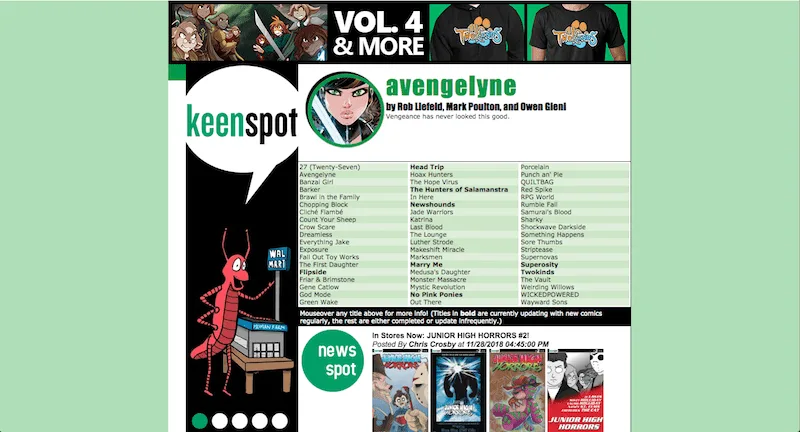
Si un visitante no está seguro de qué acción realizar después de pasar unos 15 segundos en su sitio web, es posible que abandonarlo por completo.
Por otro lado, cuando se hacen bien, las CTA son llama la atención y promover una línea de actuación clara. Por ejemplo, el Obtener PrettyLinks en la parte inferior de nuestra Acerca de página destaca del resto del diseño. Aunque el visitante pase por alto el bloque de texto, se sentirá atraído a hacer clic en el botón:
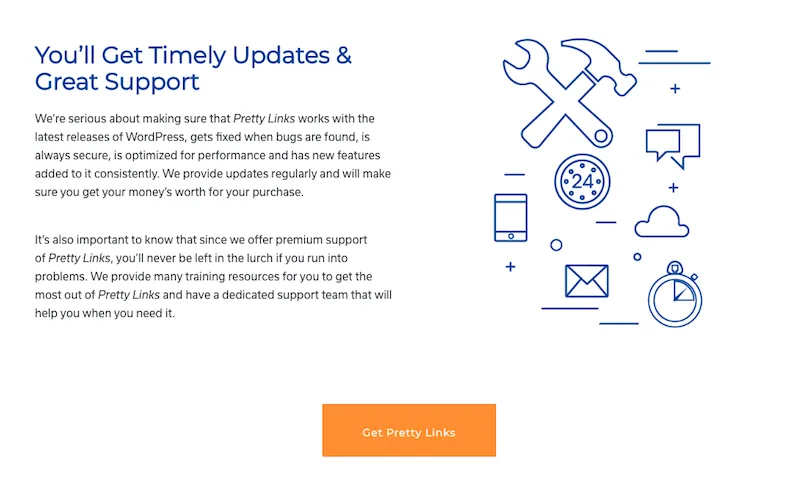 Las CTA pueden ser la clave de tu sitio web, sobre todo si lo utilizas para ganarte la vida. Por eso es crucial cuidar especialmente su mensaje y diseño.
Las CTA pueden ser la clave de tu sitio web, sobre todo si lo utilizas para ganarte la vida. Por eso es crucial cuidar especialmente su mensaje y diseño.
Cómo escribir una CTA eficaz para su sitio web (3 consejos clave)
Afortunadamente, no es difícil hacer que sus CTA sean más eficaces. Todo lo que se necesita es poner en práctica algunas estrategias vitales pero fáciles de entender. En las próximas secciones, veremos tres de las técnicas más importantes.
1. Sea específico y claro
En primer lugar, su CTA debe estar diseñada para centrarse en un único objetivo. Esto puede parecer obvio, ya que, por definición, una CTA fomenta una acción concreta. Sin embargo, deberás considerar cómo reducir tu CTA para que sea lo más específica posible.
Lo ideal es que una CTA conduzca a algo que el usuario pueda conseguir en pocos minutos (o menos). Por ejemplo, en lugar de decir "¡Echa un vistazo a nuestra ropa de invierno!", que es una petición muy amplia, quizá quieras dirigir a los visitantes hacia un único artículo nuevo que quieres que consideren comprar. Una CTA más contundente podría ser: "¡Compre ahora nuestro nuevo jersey orgánico de punto por cable 100%!".
También debe quedar muy claro para el usuario qué ocurrirá cuando haga clic en la CTA. Por ejemplo, en este correo electrónico de Academia KhanSi haces clic en el botón, verás un vídeo:

No basta con hacer clics: si un usuario es conducido a una página que no esperaba, es posible que abandone su sitio. Así que evite CTA poco claros y genéricos como "¡Échale un vistazo!" o "¡Visítalo ahora!", a menos que esté seguro de que el usuario sabrá exactamente a qué se refieren.
2. Haga que los beneficios de la CTA sean evidentes
También es importante que su CTA incluya una razón para que los visitantes actúen. Por ejemplo, anunciar un código de descuento con una hora límite específica puede inspirarles a navegar por su tienda online en busca de una oferta. En el siguiente anuncio por correo electrónico, la CTA es "Última oportunidad: 20% de descuento en Pro":

Si un cliente ya estaba pensando en comprar su producto, el plazo de descuento puede ser el empujón final que necesita. En este caso, el beneficio para ellos es ahorrar dinero en el artículo.
El objetivo de una CTA también puede ser tan simple como explicar por qué los clientes pueden disfrutar de su producto, o dar un ejemplo de cómo puede mejorar sus vidas. En cualquier caso, este elemento es crucial para aumentar la tasa de conversión. A menos que dé a la gente una razón para actuar, es posible que ignoren por completo la CTA.
Por ejemplo, si un usuario desconectado visita Facebook, verá el icono Inscribirse junto con el mensaje "Conéctate con tus amigos y el mundo que te rodea en Facebook":
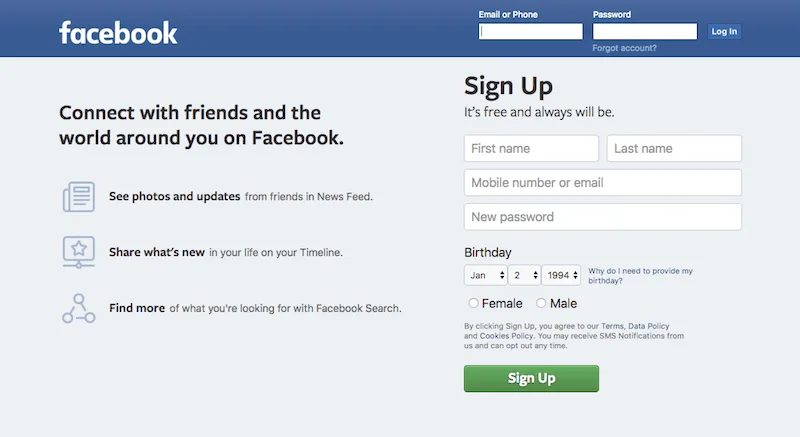
De este modo, los usuarios tienen una acción clara que llevar a cabo. Y lo que es más, explica claramente por qué esa acción será beneficiosa.
3. Utilizar un lenguaje convincente
Si realmente quieres que tus CTAs sean eficaces, también es inteligente utilizar un lenguaje convincente. Su instinto puede ser elegir superlativos como "el más cómodo" o "el mejor jersey". Sin embargo, esta terminología puede resultar genérica, produciendo el efecto contrario de lo que quieres.
Por otro lado, las frases CTA que funcionan suelen utilizar lenguaje sencillo que despierte la curiosidad, como "aprender más" o "explorar":

La gramática y la estructura de las frases también pueden tener un impacto significativo. Por ejemplo, lenguaje activo es mejor que utilizar una voz pasiva. También conviene que las CTA sean breves y concisas: entre dos y siete palabras suele ser lo mejor:

En particular, las CTA que aparecen en los botones deben ser muy breves. Limítese a una frase de dos o tres palabras, como "Conozca a nuestro equipo" o "Done ahora".
Cómo hacer un seguimiento de sus CTA
Una vez establecida una CTA sólida, también es importante realizar un seguimiento y controlar sus resultados. Debe conocer la eficacia de sus CTA para modificar las que no funcionan o reutilizar elementos de las que sí lo hacen. hizo conversiones rápidas.
Para ello, puede utilizar el seguimiento de enlaces en PrettyLinks para desglosar sus fuentes de tráfico por campaña. En configuración del seguimiento de enlacespodrá ver de dónde procede su tráfico. Por ejemplo, puedes darte cuenta de que una CTA funciona muy bien en los correos electrónicos, pero falla en las redes sociales.
PrettyLinks también ocultará los elementos de seguimiento en sus enlaces. Esto significa que puede añadir tantos elementos como necesite, pero los usuarios no verán una larga y desordenada cadena de códigos. Incluso puede utilizar Pruebas A/B para comparar dos CTA y ver cuál es más eficaz. Perfeccionar el diseño de las CTA lleva tiempo, pero hacer un seguimiento de los resultados de esta forma puede acelerar mucho el proceso.
Conclusión
Técnicamente hablando, cualquier frase que incite a la acción puede considerarse una CTA. Sin embargo, eso no significa que todas sean igual de eficaces. Puedes hacer que tus CTA sean aún mejores utilizando algunas técnicas sencillas para mejorar su eficacia, y luego seguimiento de los resultados.
Para recapitular, las tres mejores formas de obtener más resultados de sus CTA son:
- Sea específico y claro.
- Haga que los beneficios de la CTA sean obvios.
- Utilice un lenguaje convincente.
¿Tiene alguna pregunta sobre cómo crear CTA potentes para su sitio web? Háganoslo saber en la sección de comentarios.

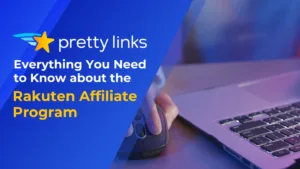
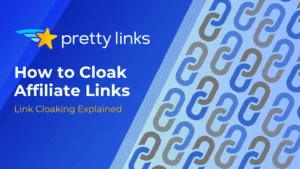


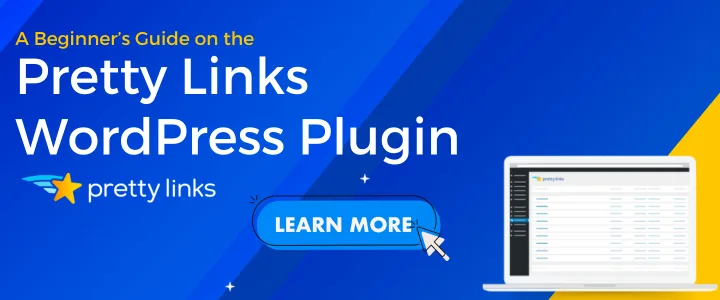

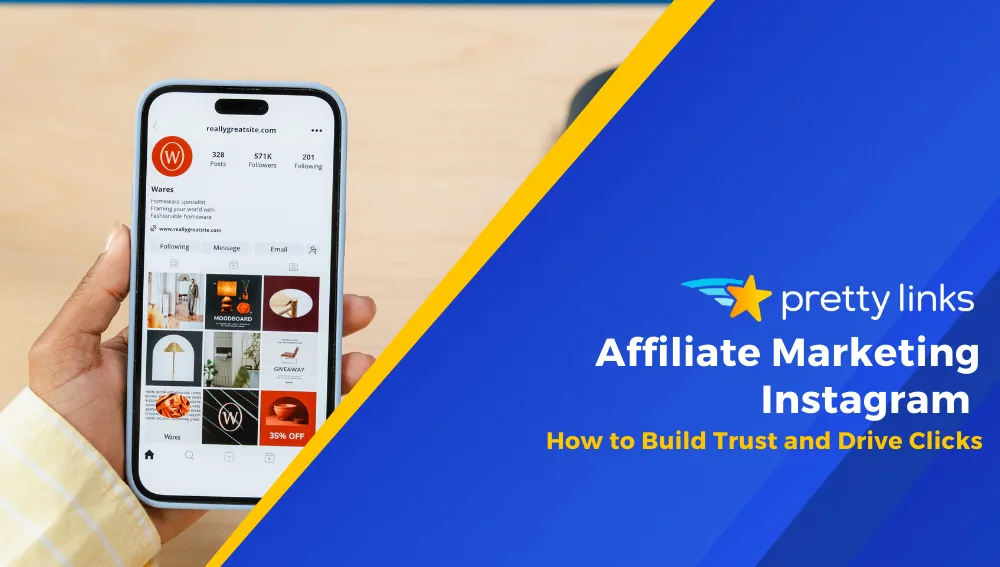

Deja una respuesta